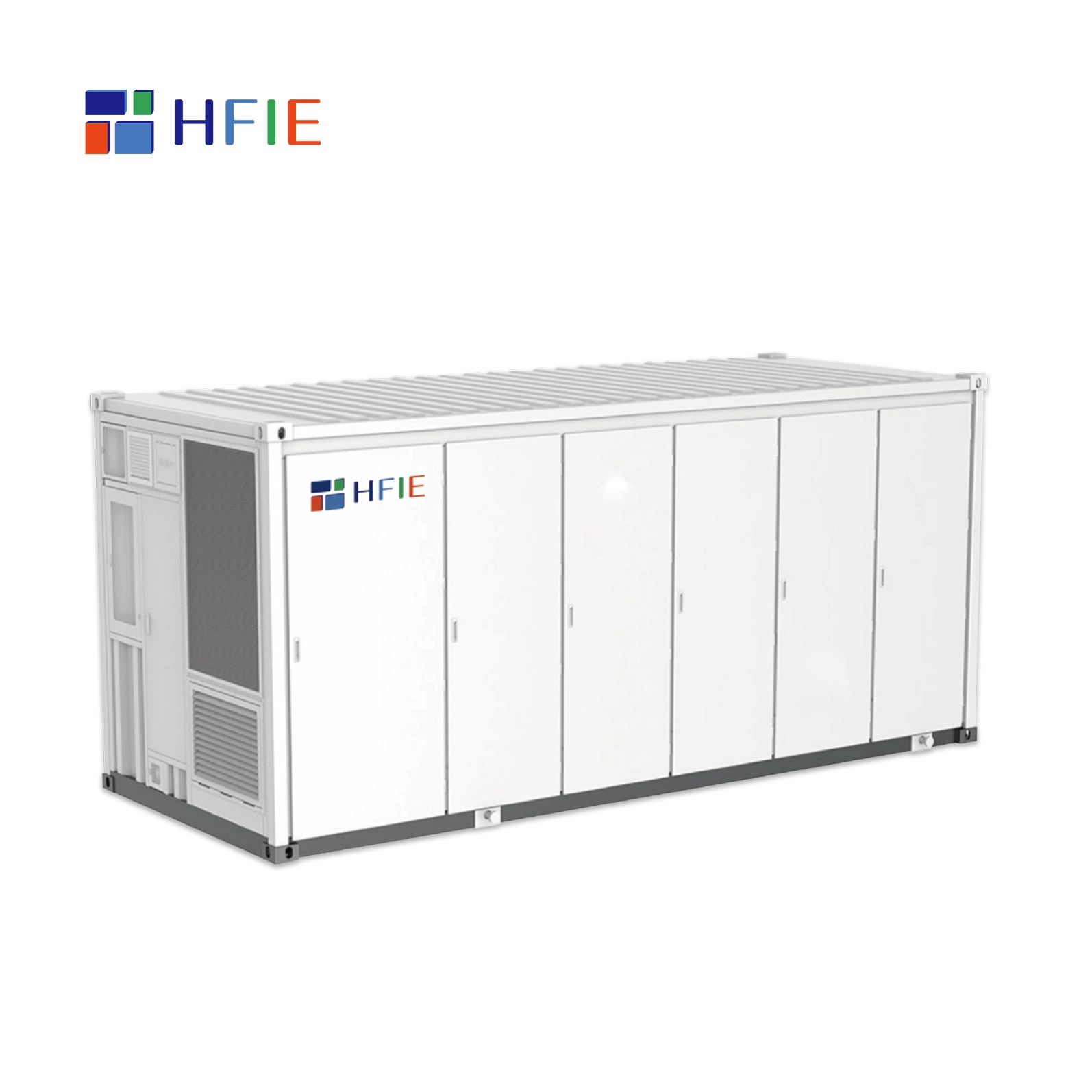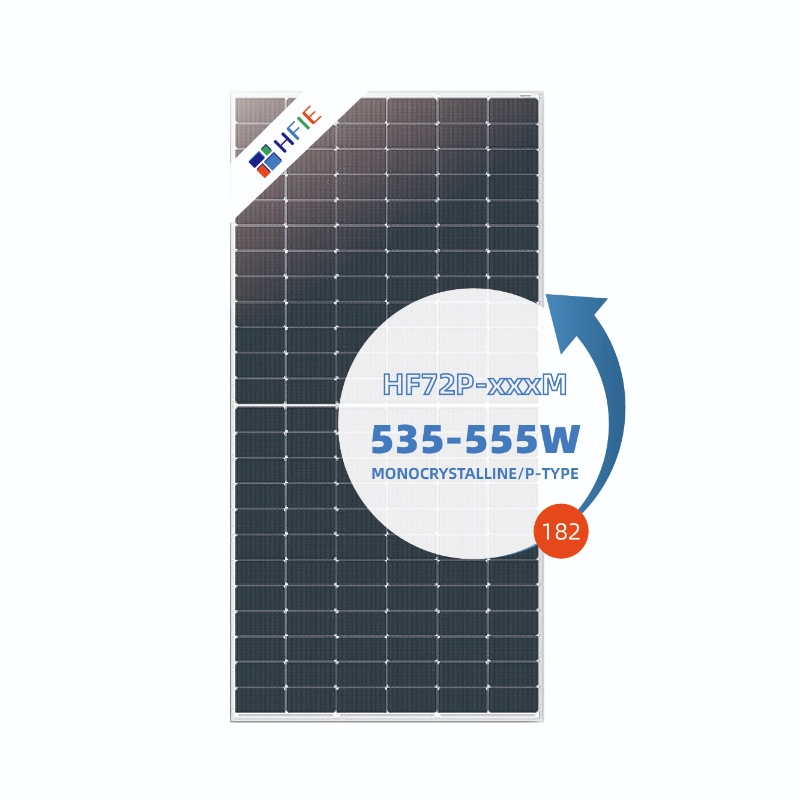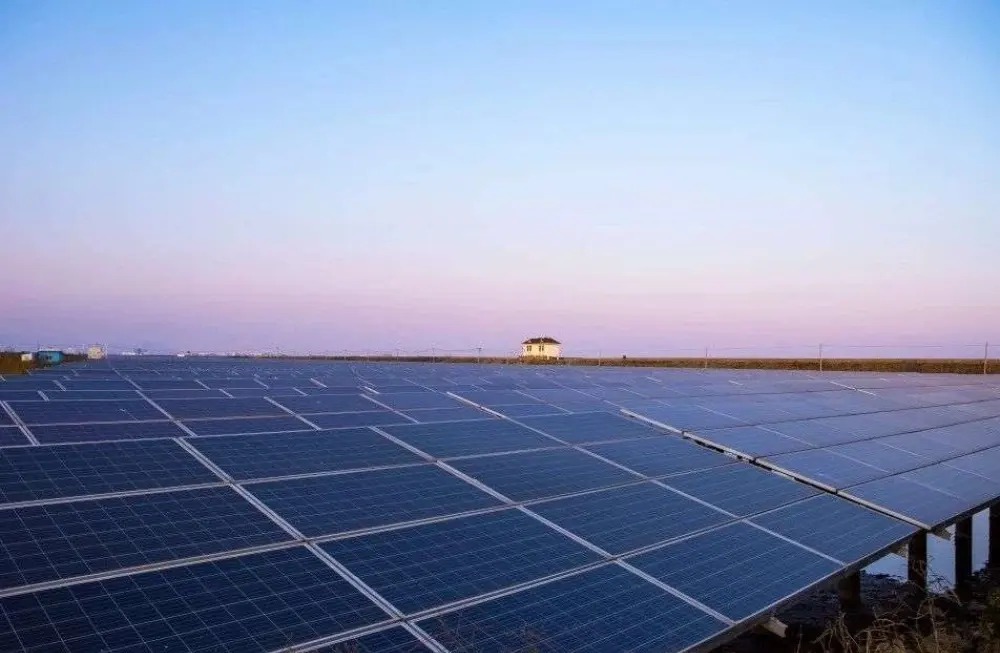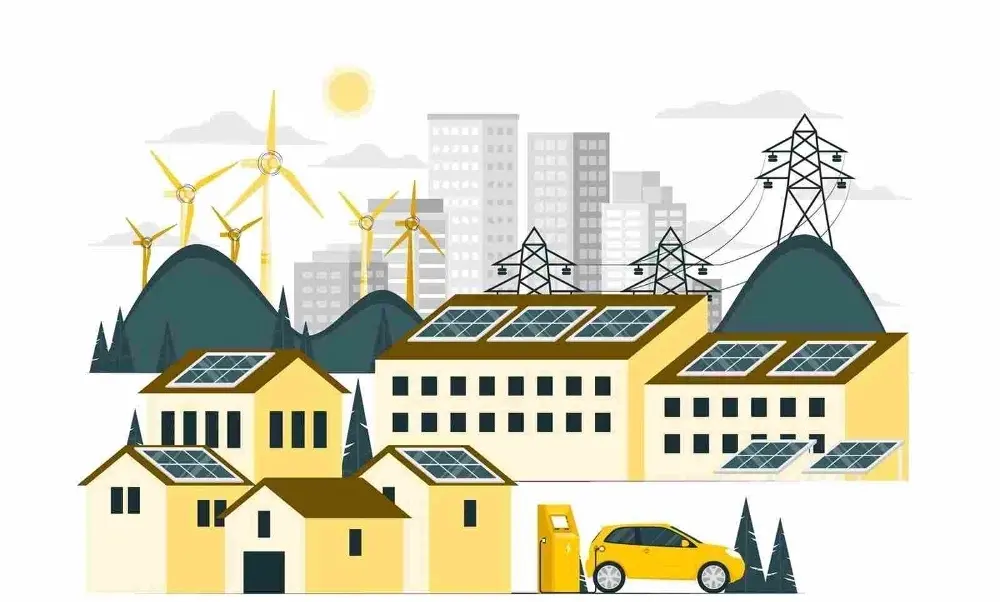1. Overview of Negative Electricity Pricing
Negative electricity pricing refers to a market condition in which the price of electricity falls below zero. This typically occurs when electricity supply significantly exceeds demand, prompting power producers to offer electricity at negative prices in order to maintain the stable operation of generating units and avoid the higher costs associated with shutdowns.
In recent years, the increasing penetration of renewable energy sources has led to a growing frequency of negative pricing events worldwide. This is particularly evident during midday hours, when solar irradiation or wind speeds are at their peak, resulting in a substantial surge in electricity generation. When demand fails to rise in tandem, a supply-demand imbalance ensues, triggering negative prices.
For instance, electricity markets in Europe have frequently experienced negative pricing, especially during periods of elevated wind and solar output. In such cases, electricity supply surpasses demand to the extent that producers must pay consumers to offload excess generation. According to statistics, Germany recorded approximately 468 hours of negative pricing in 2024, while France experienced 356 hours during the same period.
2. Root Causes and Market Mechanisms
The rapid expansion of renewable energy capacity—particularly wind and solar—is a principal driver of negative pricing. These intermittent energy sources introduce volatility into the electricity supply, making it more difficult to align generation with real-time demand. During periods of abundant sunlight or strong winds, power generation may spike, while demand remains unchanged or even decreases, leading to an oversupplied market.
In addition to supply-side dynamics, structural issues within the electricity market also contribute to negative pricing. In China, the market operates on a “medium- and long-term contract plus spot market” model. However, medium- and long-term contracts account for approximately 90% of total transactions and are subject to mandatory physical delivery. While this design ensures security of supply, it also creates arbitrage opportunities and market inefficiencies.
When spot market demand is lower than contracted supply, generators may submit negative bids to remain operational, while power retailers shoulder the financial risk. This framework is underpinned by several distinct features:
Rigid Binding of Physical Contracts
Medium- and long-term contracts mandate specific delivery times, locations, and physical execution paths—mirroring a centrally planned model within a liberalizing market.
Dual-Penalty Deviation Mechanism
Both generators and consumers incur financial penalties for deviations from contracted electricity volumes, either in the form of undergeneration or underconsumption.
Asymmetric Market Access
While generation companies enjoy full access to the spot market, only about 10% of end-user electricity can enter the spot market via electricity retailers. This creates an asymmetric environment dominated by supply-side actors.
3. Impacts and Associated Challenges
Impact on Power Producers
Negative pricing directly affects the profitability of power producers. Rather than earning revenue, generators must pay to offload electricity during such periods. Traditional power plants face particular strain under these conditions. Renewable energy generators, despite their environmental benefits, also face competitive disadvantages due to the intermittent and non-dispatchable nature of their output.
Impact on Electricity Retailers
Retailers face mounting pressure during negative pricing events. They are subject to deviation penalties on the demand side while also contending with downward pricing pressure from the supply side. These factors can significantly erode profit margins or even result in net losses.
Impact on the Power Grid
Grid operators must respond to volatile supply-demand conditions during negative pricing periods, which places additional strain on system flexibility and stability. Measures such as activating standby generation units or reconfiguring transmission paths involve additional costs and complexity.
Broader Economic Implications
Negative pricing introduces heightened uncertainty and risk into the electricity market, complicating the decision-making processes of all participants. It may increase operating costs for industrial users, suppress investment appetite, and necessitate policy adjustments. Over time, these dynamics could reshape energy market reforms and regulatory frameworks.
4. Strategies for Addressing Negative Pricing
For Power Producers:
✔ Improve operational efficiency and reduce generation costs to enhance competitiveness.
✔ Engage proactively in market-based transactions and risk hedging to mitigate exposure.
✔ Foster stronger collaboration with grid operators and market participants to enhance adaptability.
For Electricity Retailers:
✔ Optimize contract structures and improve customer service to retain users.
✔ Participate actively in trading and hedging strategies to manage price volatility.
✔ Strengthen cooperation with both upstream generators and grid operators.
For Grid Operators:
✔ Invest in grid infrastructure and flexibility to enhance reliability and responsiveness.
✔ Utilize market mechanisms to balance supply and demand efficiently.
✔ Support integrated coordination with producers and retailers to improve market resilience.
5. Conclusion
A truly mature electricity market is one in which each kilowatt-hour is allocated according to its temporal value, and every consumer is empowered to act as a flexible resource. Only then can we realize the full potential of market-driven electricity reform. Until then, the evolution of negative pricing serves as both a challenge and an opportunity for energy transition stakeholders.


















